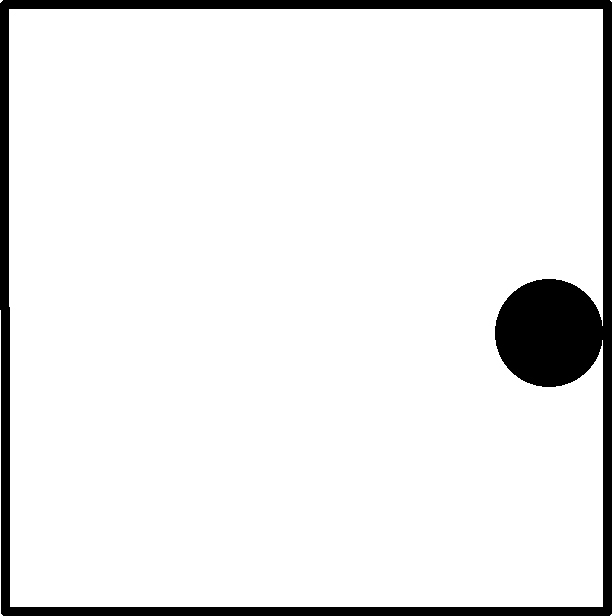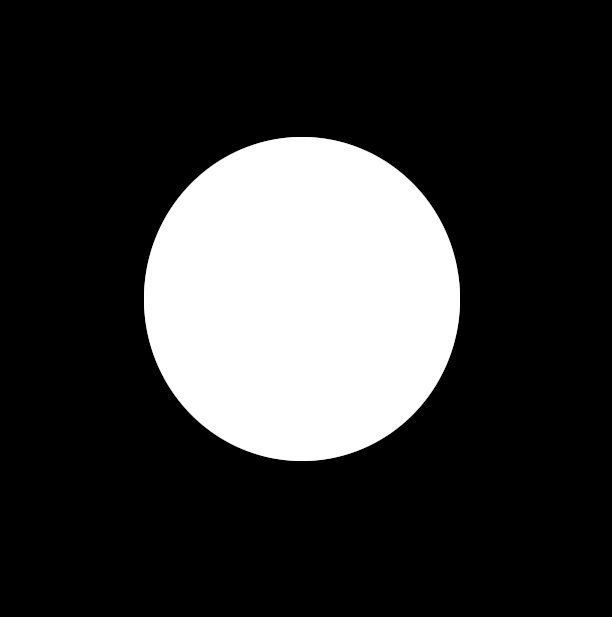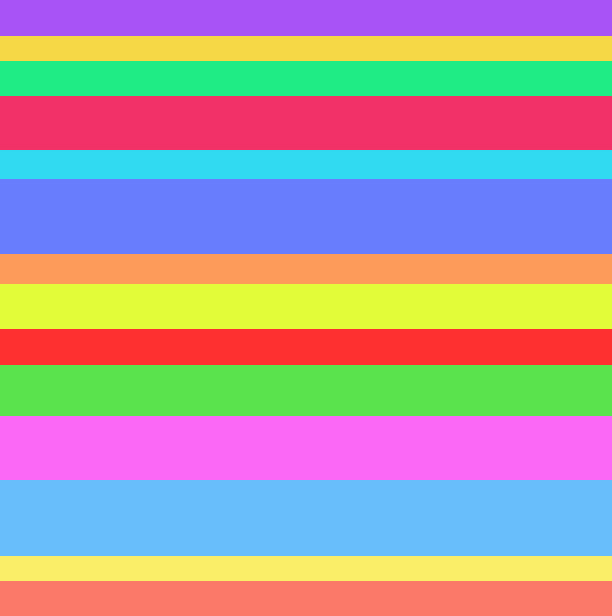Ana Petrović
visual artist
Cutting
02’10” in loop, HD, sound, 2021
Rezanje
02’10” u loop, HD, zvuk, 2021.
U videu “Rezanje” autorica baca loptu uvijek pogađajući sam rub kadra čineći perpetualnu radnju psihološkom zidom kojega je moguće prijeći ali se to nikada ne dogodi.
U svom radu Ana Petrović dekomponira slojeve pokretne slike, izbjegavajući narativnu i dokumentarnu prirodu medija kako bi učinila vidljivim čitanje slike kao rubnog, tekućeg stanja u permanentnom konfliktu između mogućeg i nemogućnosti.
Video i fotografiju se često percipira kao samu stvarnost. Njezina dokumentarna funkcija proizlazi iz mogućnosti da zaustavi vrijeme i uhvati realnost, onakva kakva jest u određenom trenutku, barem u semiotičkom smislu doslovno prenošenog znaka iz stvarnosti. Često korištena za rezanje realnosti i beskonačno seciranje u opipljive dijelove spremne za skladištenje. Fotografija je omogućila analognom pogledu nadogradnju u digitalno, gdje osim mogućnosti rezanja realnosti u male, bite-size zalogaje, postajemo svjesni i druge funkcije videa gdje je ona samo slika, kao i bilo koji drugi medij. Ona može promijeniti, distorzirati, izvlačiti i kolažirati. Prema Duboisu ona reže kroz prostor i vrijeme, ali njezino kadriranje uzima što joj je drago i time transformira ne samo samu stvarnost, već i pogled na samu stvarnost. Drugim riječima, njezin reprezentacijski korijen je opasan bez kritičkog osvrta spram samog medija.
In the video “Cutting” the author is throwing a ball in a perpetual motion, always hitting the edge of the frame every single time, making the edge of the frame a psychological wall that could be crossed but never is.
In her work, Ana Petrović decomposes the layers of photography and moving images, avoiding the narrative and documentary nature of the media in order to make visible the reading of the image as a borderline, liquid state in a permanent conflict between the possible and the impossible.
Photography and video are often perceived as reality itself. Its documentary function stems from the ability to stop time and capture reality, in a given moment, at least in the semiotic way of a literally transmitted sign from reality. It is often used to cut reality and endlessly dissect into tangible parts ready for storage. Photography and video has enabled the analog view to be upgraded to digital, where in addition to the ability to cut reality into small, bite-size bites, we become aware of other functions where it performs like any other image, like any other medium. It can change, distort, extract and collage. According to Dubois, it cuts through space and time, but framing takes fractions and thus transforms not only reality itself, but also the view of reality itself. In other words, the representational root of photography and video is dangerous without a critical review of the medium itself.
This phenomenon is best explained by Jean Baudrillard in the book Photography, or The Writing of Light:
“The miracle of photography, the so-called objective image, is that it reveals a radically non-objective world. It is a paradox, that a lack of objectivity was discovered through a photographic lens. Analysis and reproduction are not helpful in solving this problem. The techniques of photography carry us across the replica into the territory of trompe l’oeil. Through its unrealistic techniques, cutting of reality, the immobility, silence, and phenomenological reduction of movement, photography affirms itself as both the purest and most artificial exhibit of the painting.”



